Shanling H2 DAC/AMP – Warmer and Smoother Flask
Shanling H2 is a $169 USD DAC/AMP with a warm and smooth sound, following the same flask design that we’ve seen with other DAC/AMPs, to which we will compare the H2, including Shanling h5 (369 USD), iFi Hip-DAC2 (190 USD), and Questyle M15 (250 USD).
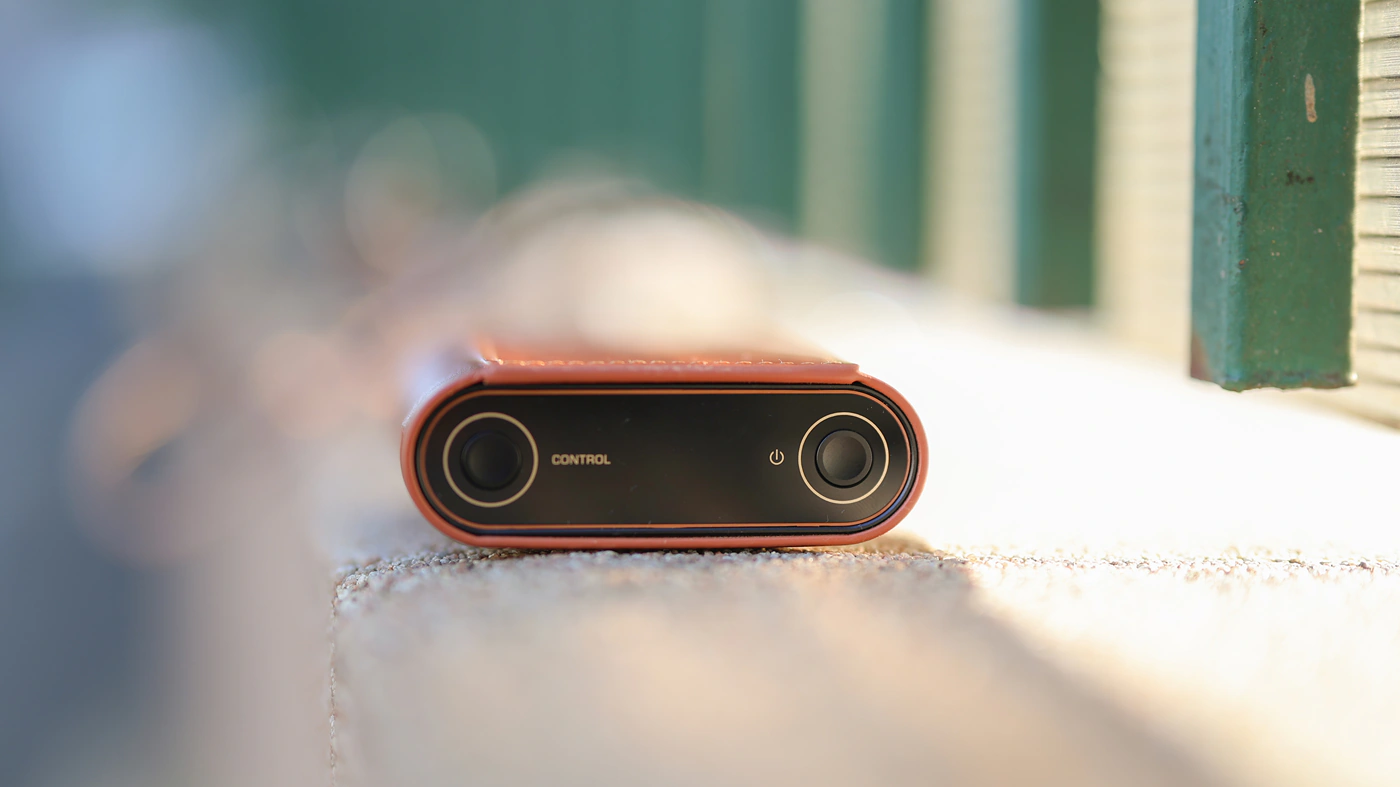
Introduction
Shanling is one of the most popular companies in the audiophile industry known for their house sound, which is warmer, fuller and smoother than the competition usually, but still aiming to provide the best resolution, clarity and detail possible, all while keeping the prices bound to reality, so that anyone with a passion can enjoy some good music. As an Amazon Influencer, I earn from qualifying purchases, and using the purchase links in my reviews helps me maintain this website and Youtube Channel. Shanling provided the sample for this review, in exchange for my honest opinion.
PROs – Beefy, warm and pleasing sound signature, exceptional build quality, super nice design, works well as a USB DAC with no noticeable delay, allowing for real time content, including movies and games to be played using it, great driving power over the balanced headphone output, good battery life, Bluetooth DAC very practical, and can use LDAC, wired connection is convenient, and you can use a separate power cable for charging the H2, Smooth treble, full midrange, lush sound.
Cons – Reading files from the microSD card is less intuitive and needs the Eddict app, First half a second to a second of each song is cut.
Product Link
You can grab one here – https://amzn.to/3Vg6GeV
Build Quality/Aesthetics
Shanling H2 is the kind of DAC/AMP we mostly took photos of in its transport leather case, but which actually looks beautiful naked too. The DAC/AMP has a multitude of functions, including being used as a DAC/AMP for desktop and smartphones, it can work as a Bluetooth DAC AMP, including support for LDAC and AAC, and it has an 1″ display to show the current information about its playback status and settings.
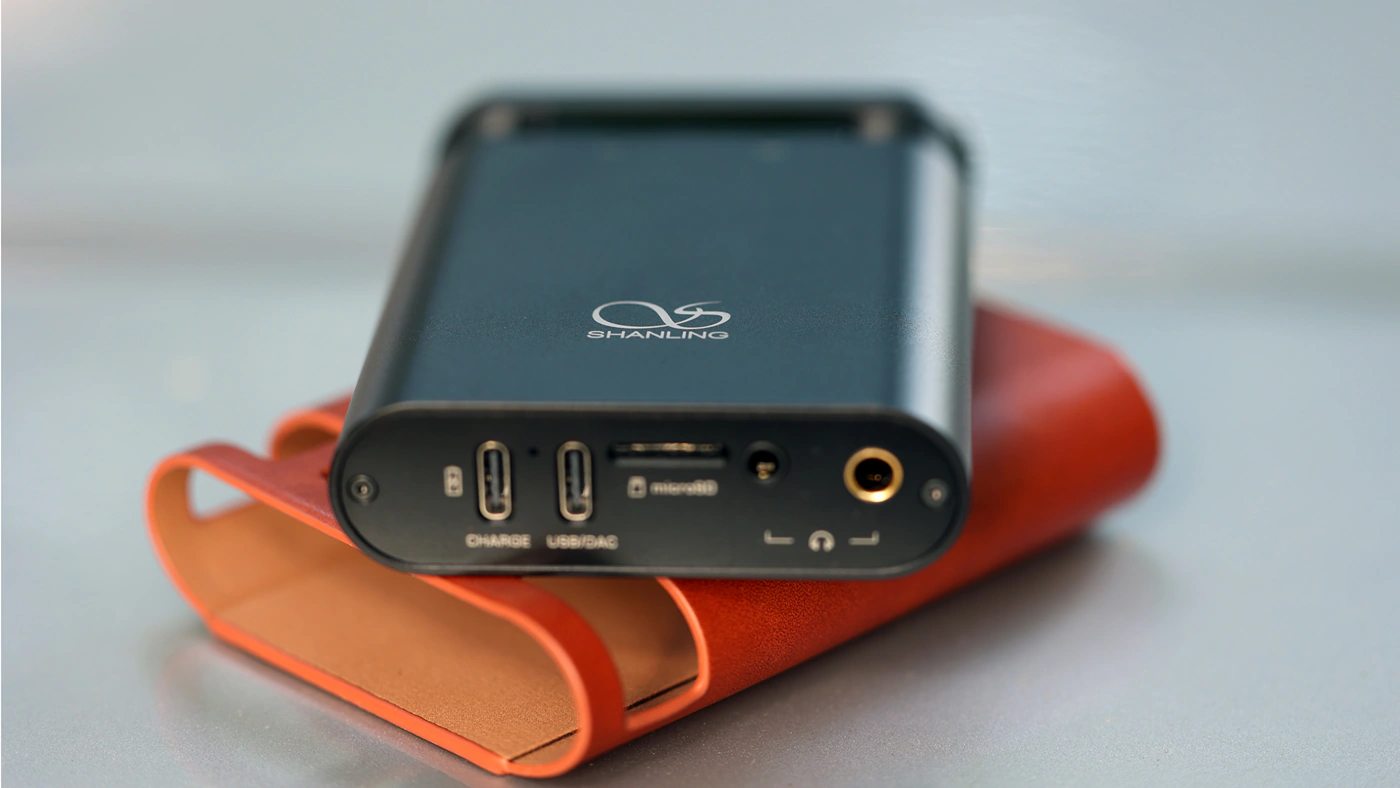
Starting with the shape, H2 is a smaller DAC/AMP than the likes of H5, but still looks larger than an ultraportable like Questyle M15. There is a battery inside of H2, and it is quite large, 2100mAh in size, with enough battery for up to 10.5 hours over the 4.4mm balanced headphone output, and up to 12.5 Hours for the Single Ended headphone output. Between those numbers you should keep in mind that the Balanced Output has a higher driving power, so you will keep the volume a bit lower, getting close to the promised life, with around 8-9 hours realistic expectations even if you use the H2 loud, while for the Single Ended headphone output, you’re likely to bring it close to max, so it would have 9-10 hours realistically speaking.
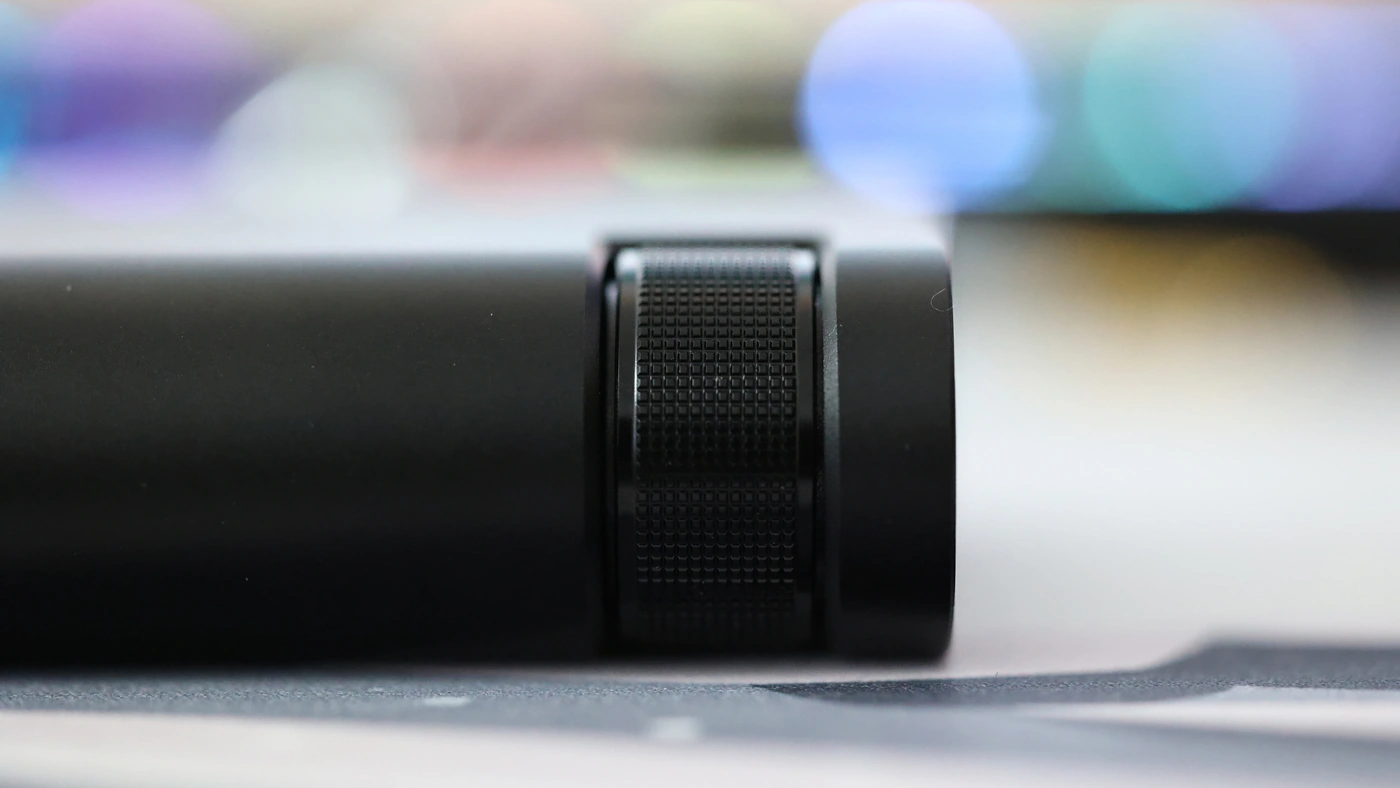
For the best sonic experience, we have independent charging and USB DAC connectors, so you can power it from an external larger battery, and drive in the USB DAC signal from your computer separately, to get the best sonic experience possible. Shanling also employs Dual SG-Micro Amplifiers and ELNA Silmic II Capacitors for the best sound, the Op-AMPs being SG-Micro 8262-2, while the capacitors are Silmic II Silk capacitors. The DAC part is provided by a Cirrus Logic CS43198 DAC, which can also be found in Aune Yuki, Creative SoundBlaster X5, FiiO K11, and iBasso DX160.
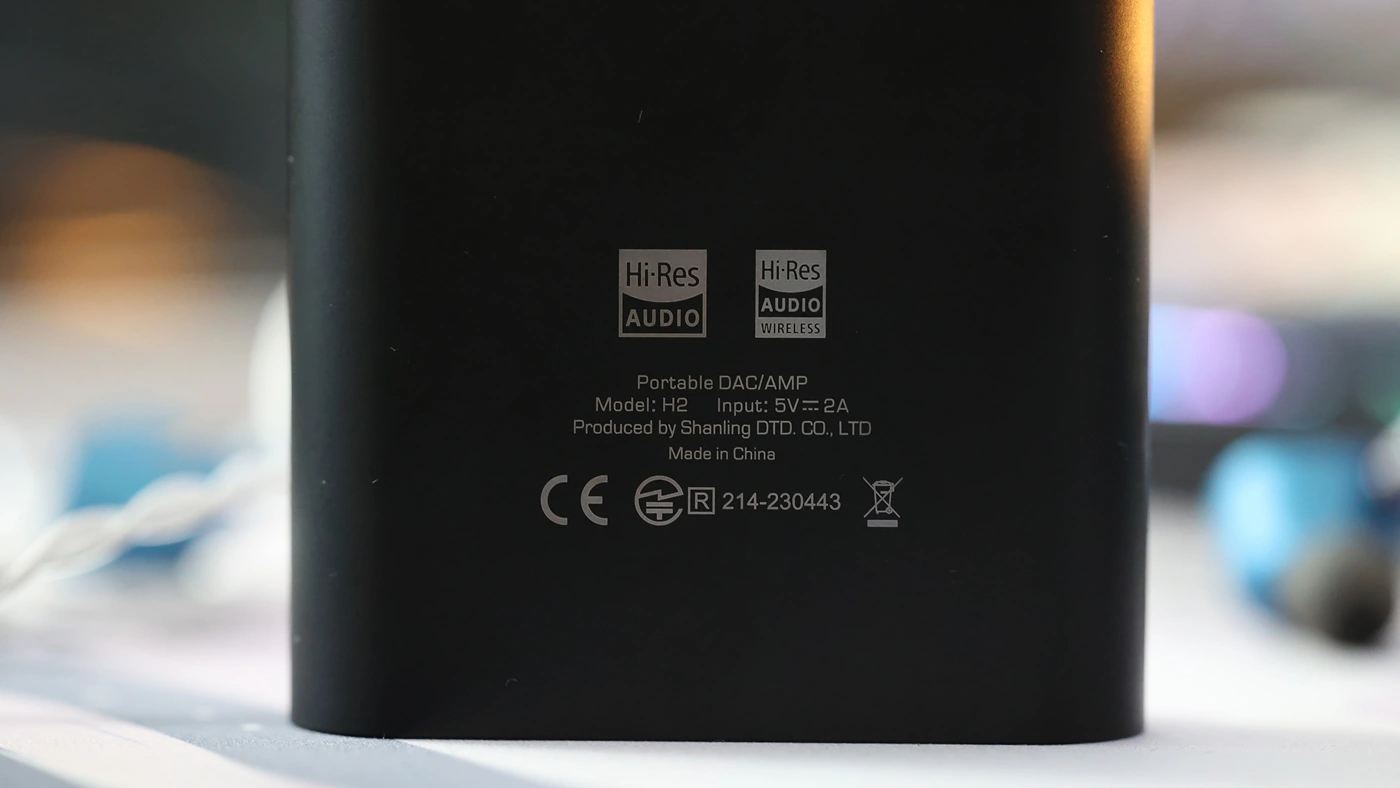
For the bluetooth side of things, H2 can act as a Bluetooth receiver (not transmitter), and it can use LDAC, being detected by my smartphone. My Samsung S23 Ultra detects H2 and allows me to connect to it Via LDAC, but this has to be toggled in the Bluetooth settings of my smartphone (as with most devices for Samsung). There are two LED lights on the front of H2, which allow you to see the charging status, red for charging and off for charged, but also a current frequency indicator, which goes from Blue to Yellow to Purple, lowest to highest resolution, and Green for DSD.
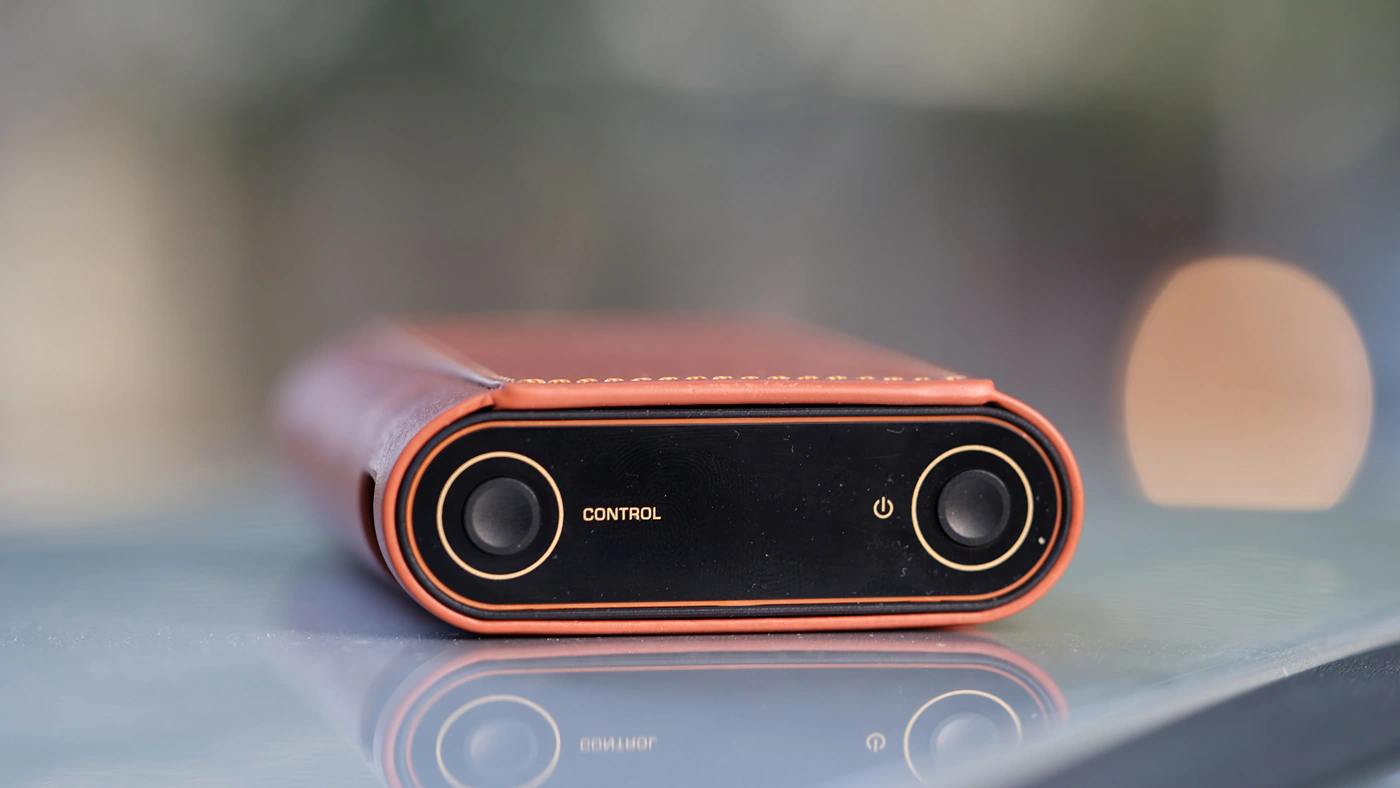
The controls are unique, not necessarily intuitive at first, but once you get the hang of it, having two buttons and two wheels feels natural. The buttons act either as power and playback, while the right wheel acts as an increase / decrease volume wheel. The left wheel is more of a function wheel, but they do not click when pressed, though they click when turned, being clicky controlled with a satisfying metallic feel to them.
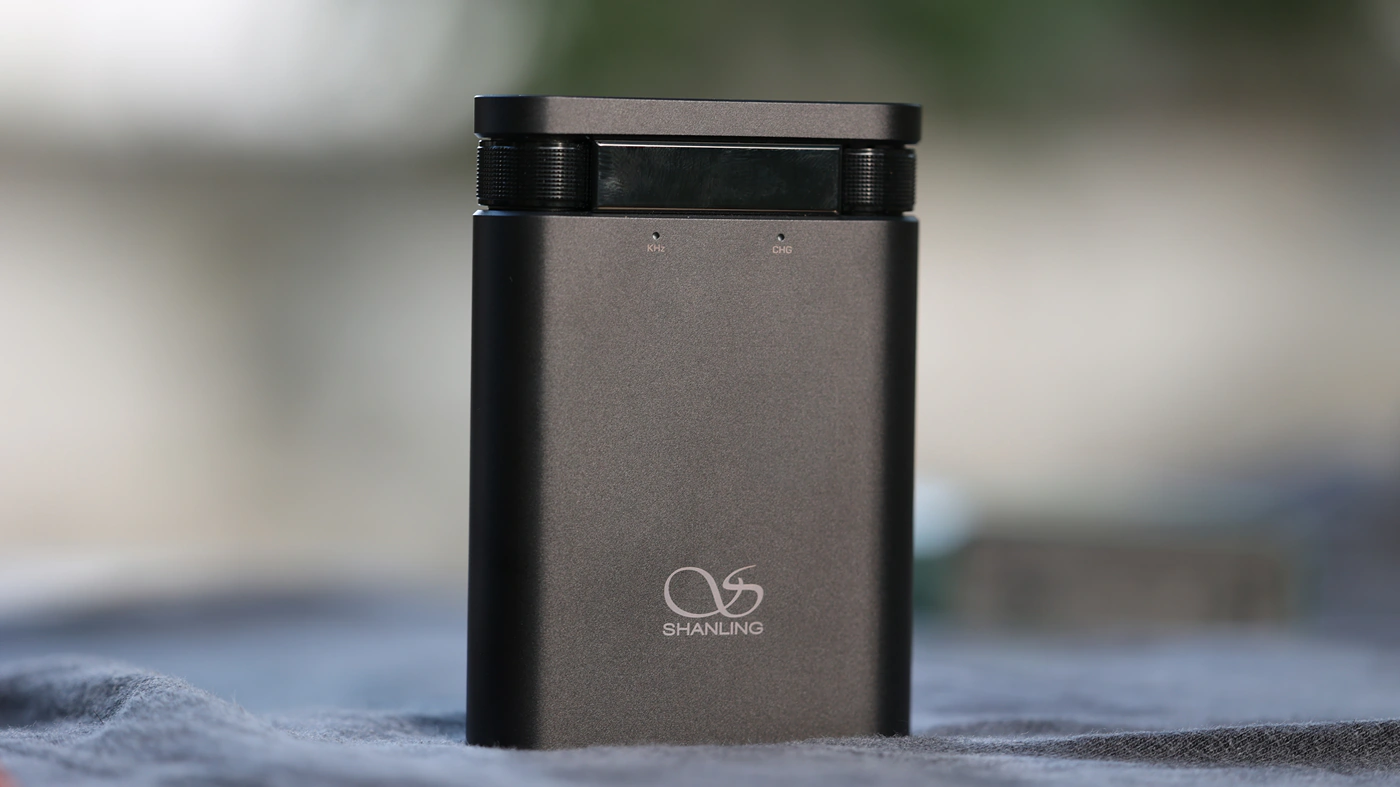
There is a microSD slot on the bottom of H2, and this one is actually very handy, if you plan on using your smartphone as a remote controller. The trick it has up its sleeve is that H2 can act as a shuffle player, like those mini iPod Nano we used to have in the past, but via the Eddict music app you can control and browse the music list on your microSD card.
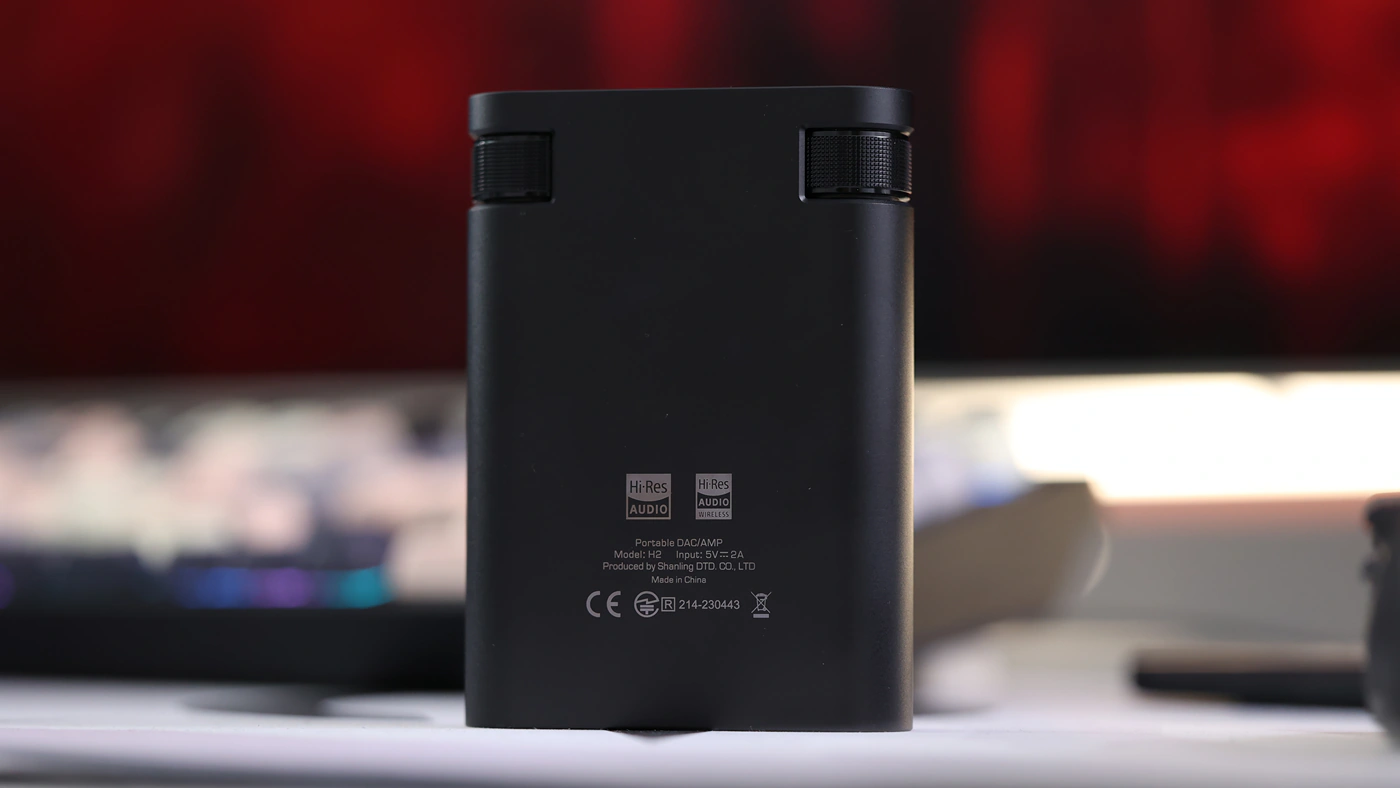
Subjectively, H2 has an ergonomic and convenient shape, the display is small but bright enough to be visible, and the scenarios I have used it the most for have been, as a Bluetooth DAC, USB DAC for my PC, or shuffle music player. I love having the liberty of either using the music from the card, or when I’m in the mood for an album I haven’t purchased and ripped personally yet, I can quickly jump to Tidal with either a cable or Bluetooth LDAC DAC and stream it onto H2.
USB DAC
The USB DAC part is provided by an Ingenix X1000 Platform, the same as the one we’ve seen implemented in H5, combined with a XU208 XMOS chip, for handling the USB decoding. After having received the H2, I quickly installed the XMOS update, and I suggest doing so as well, as that can help with the USB DAC experience.
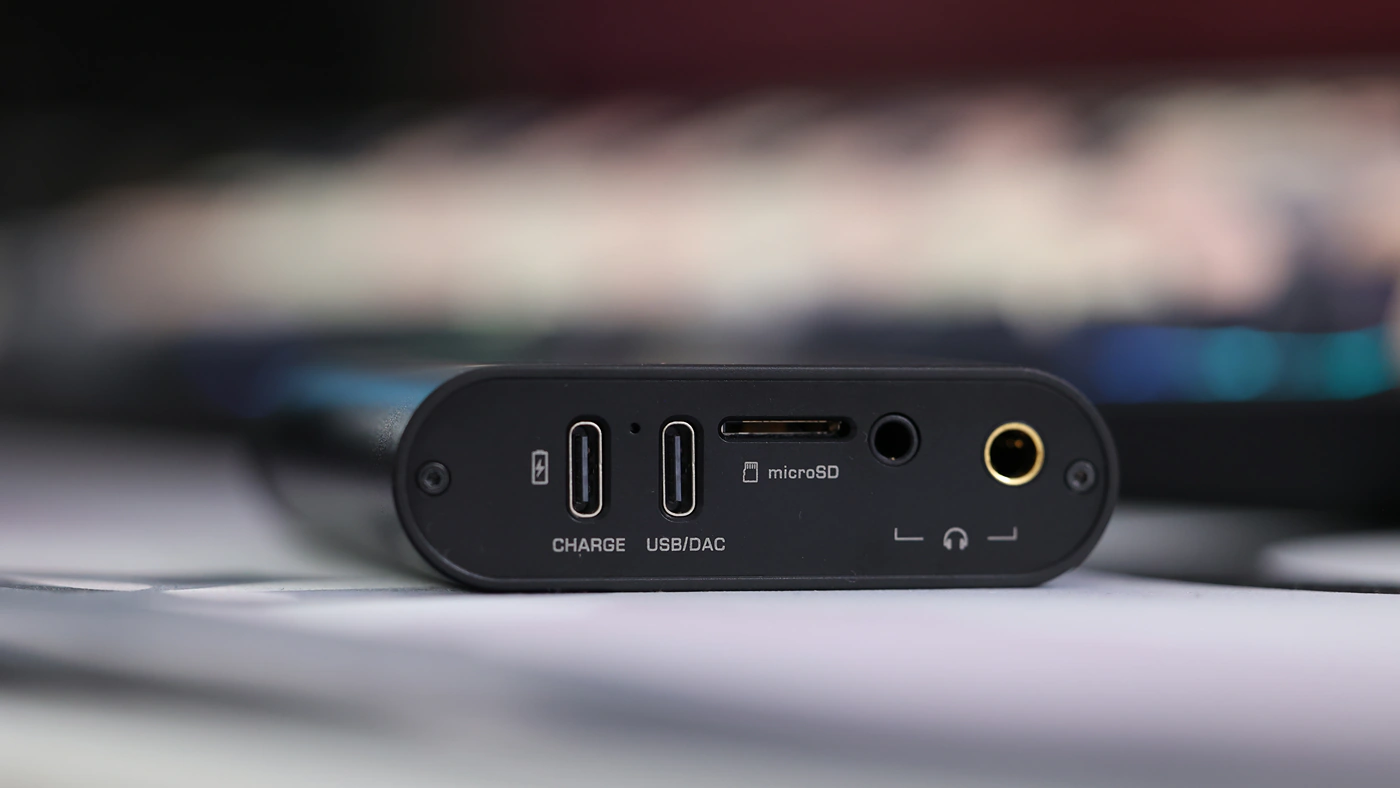
Subjectively, the USB DAC function works well. After the update, I can confirm that there is zero delay, and you can both watch movies in real time, and play action games with no noticeable delay. This being said, the first half a second of a song is always cut when you resume playing after it has been paused. Although the sound resumes in sync with the video, so it is compensating for any kind of delay that may happen, that first silent part of a song does happen with H2.
Sound Quality
Pairings – To properly test the H2, we have to start by exploring whether the tuning and sound changes between the inputs. The most pleasing, fullest and generally most detailed / most dynamic sound is over the wired connection, both with PC and Android, any wired source is just king with H2. Playing files from a microSD card inserted in H2 also sounds pleasing, lush and warm. When using H2 as a Bluetooth DAC/AMP, the sound is much brighter, more crisp, but dynamically more compressed, upper midrange and treble take a central spot, while the lower midrange and the bass sound recessed, compared to the wired connections or when reading the files directly.
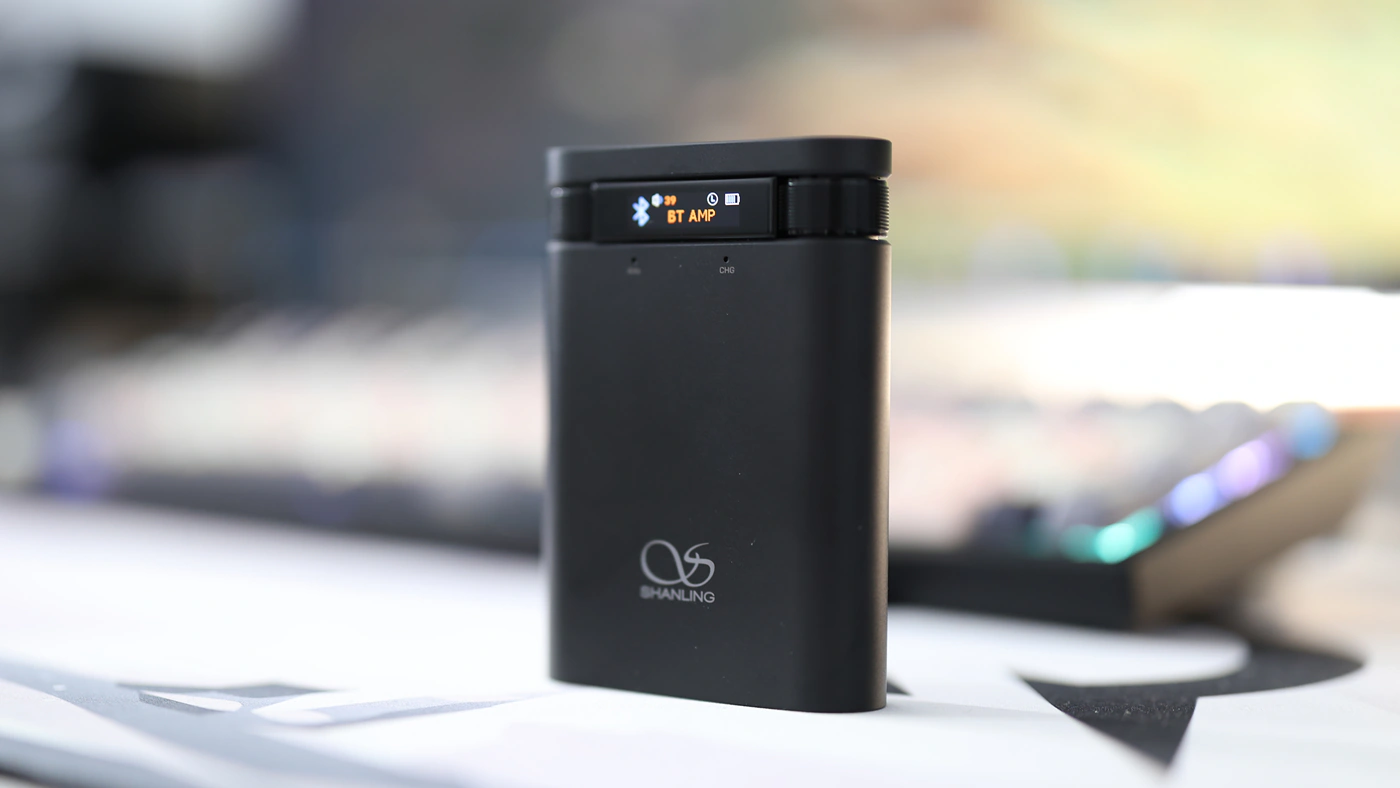
To expand, the IEMs and headphones used for testing it include Crosszone CZ-8a, NiceHCK F1 PRO, iBasso 3t-154, ThieAudio Hype 4, Campfire Bonneville, Campfire Cascara, Soundz Avant, HIFIMAN He1000SE and Sennheiser IE900. I have mostly used the Balanced output, which sounds more dynamic, more punchy and has far better driving power and control than the single ended output. Interestingly, H2 is supposed to have a high output impedance, so I was expecting a high noise level and hissing with IEMs, but when testing it, there is no trace of noise, it is absolutely silent even with sensitive IEMs. For IEMs like Ie900, I need high gain, for the balanced output, and up to 60/100 volume.
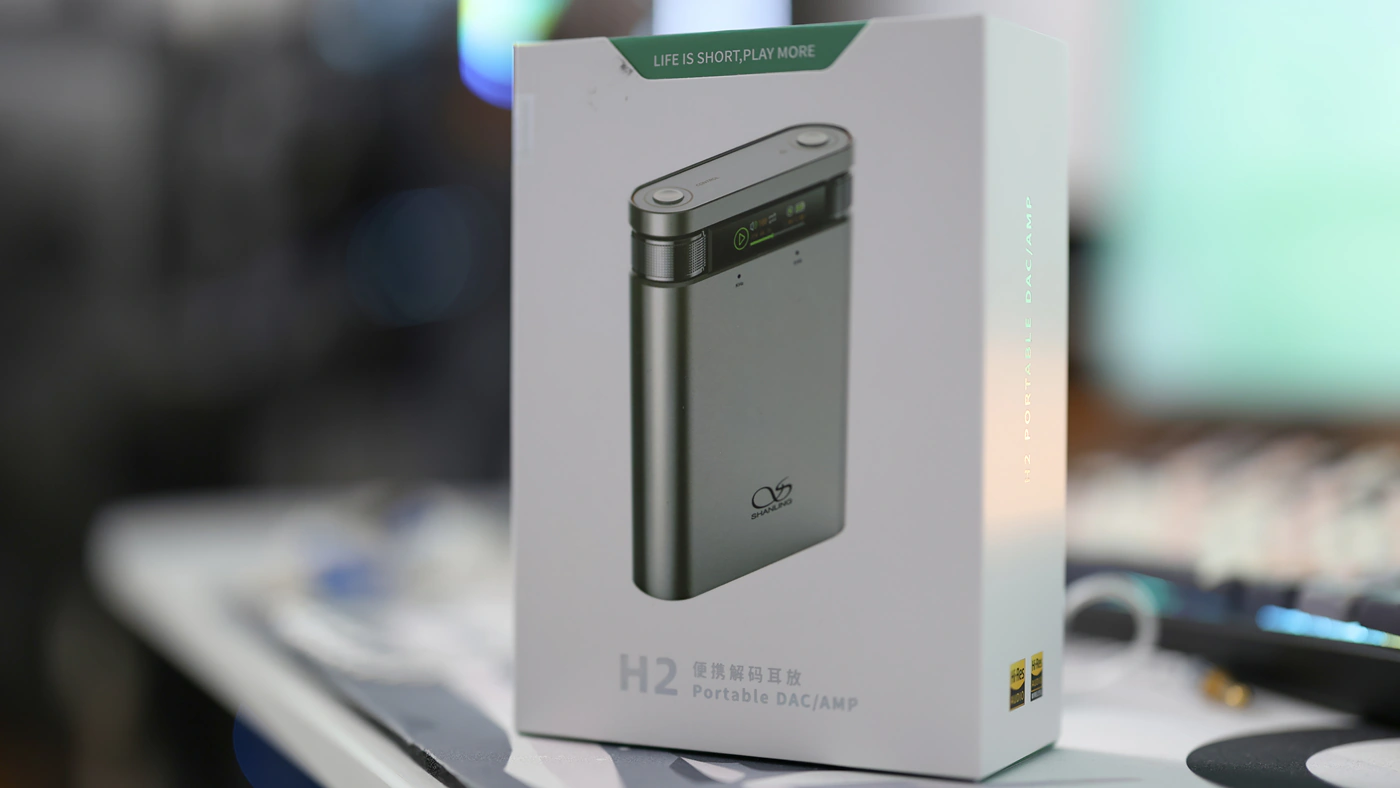
Overall Signature – Following the popular and established Shanling House Signature, H2 sounds warm, smooth, full and offers a deep sound with a satisfying bass. The midrange is clean, slightly intimate, offering a clean separation between instruments, and allowing the foreground and background layers to shine independently. The beauty of H2 is that it can drive bass and punch into headphones that are far above its intended driving purpose, for example offering a pretty satisfying low-end extension with HIFIMAN HE1000SE, but it does struggle with Sennheiser HD 660S2, which needs more raw power rather than tuning and a good signature only. With IEMs, you can expect the sound to be really warm, pleasing and full, dynamic and vivid.
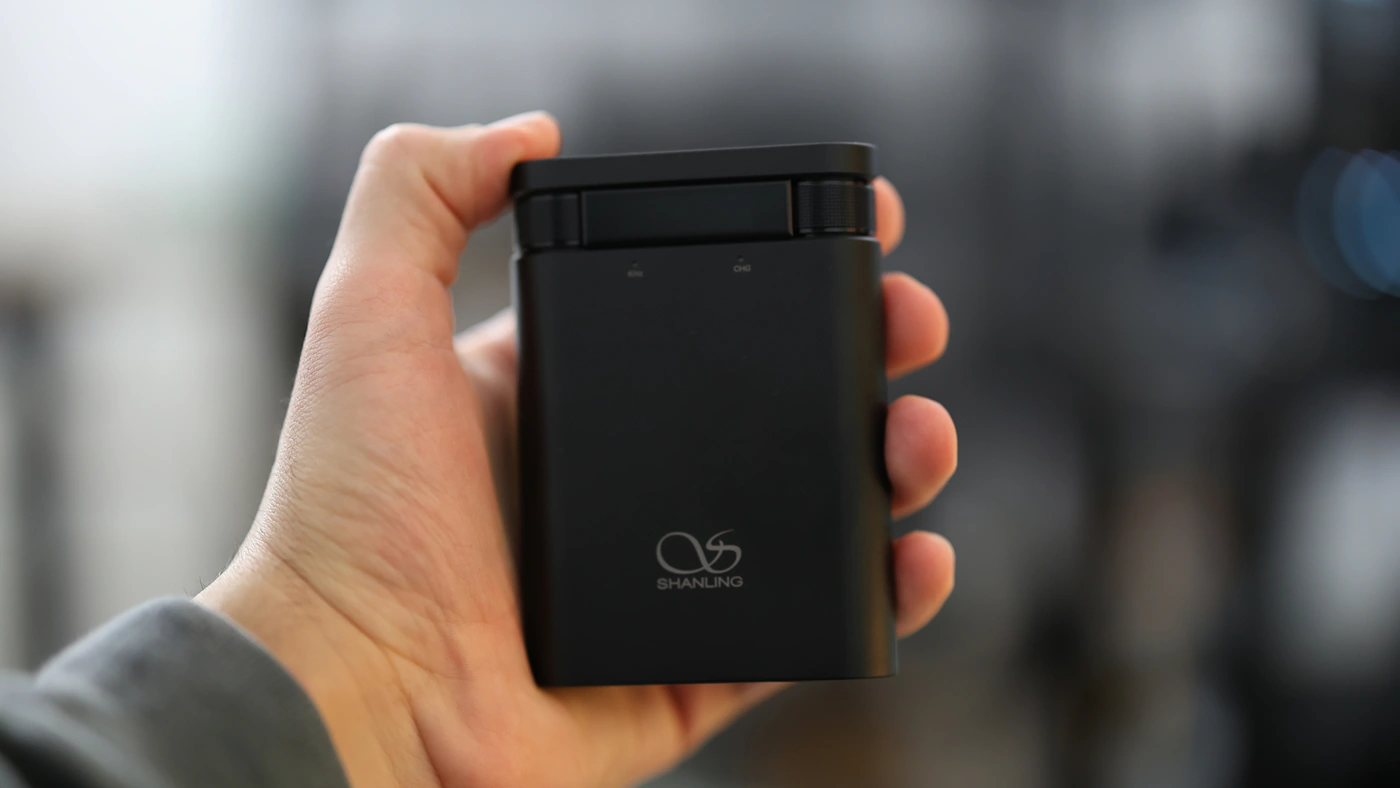
Bass – We have a warm, beefy bass which sounds warm and pleasing, slightly wooly and with a big impact. The bass speed is on the slower side, which gives space and volume to music, it enhances the presence of each instrument, even male voices, creating a convincing realistic space for music to play in. The bass tends to be warm and slightly uplifted in presence all across, from the subs to mid bass all the way to the upper bass. It creates a really credible acoustic bass, or bass guitar presentation, giving all music a really pleasing kick and bloom.
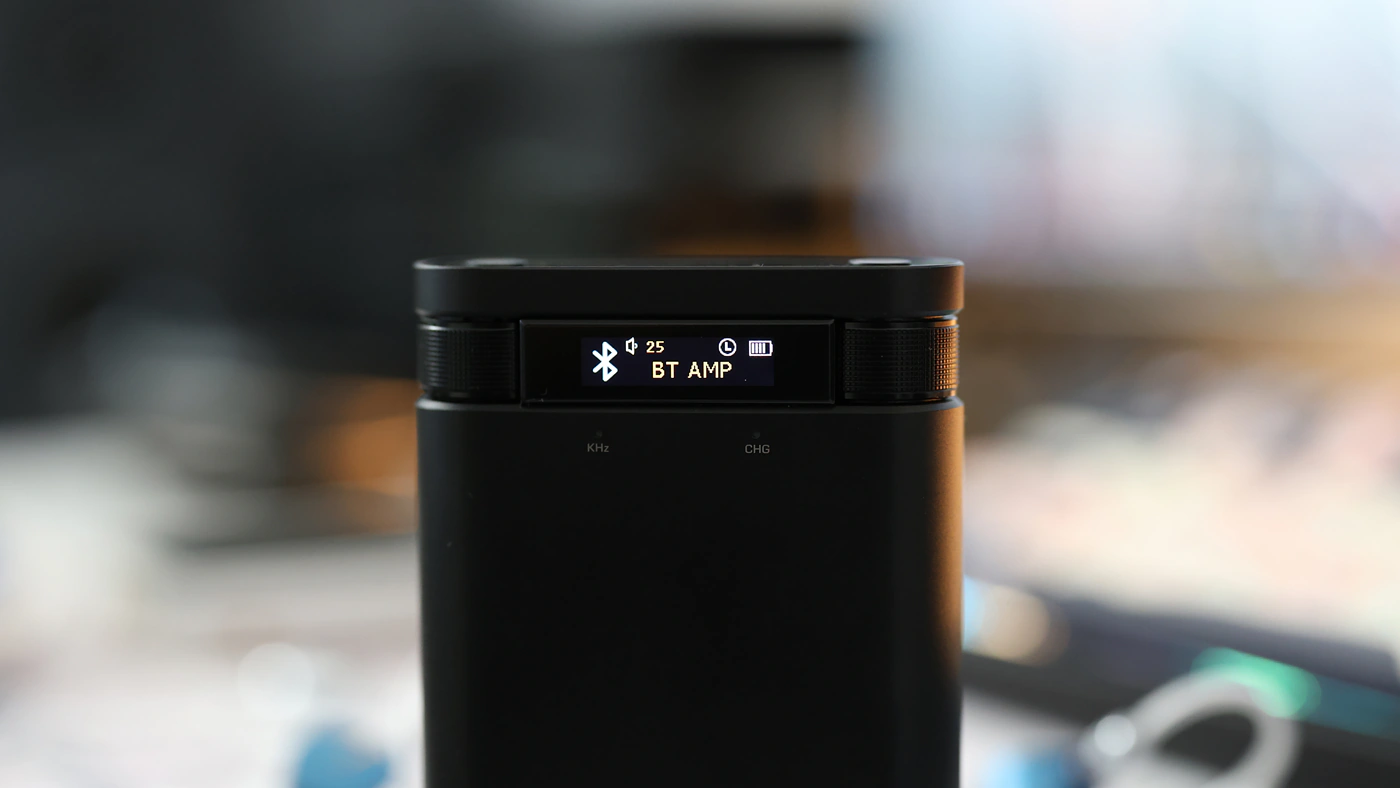
Midrange – The midrange inherits a bit of warmth from the bass, especially in the lower midrange, which is pleasing, wooly and clean, but fluid and musical. Compared to most sources, H2 stands out as sounding more cohesive, fuller and more fluid, also fuller and more lush. Male voices are emphasized and brought forward, created more realistic, while female voices sound slightly recessed. The upper midrange is lower in presence and impact than the lower midrange.
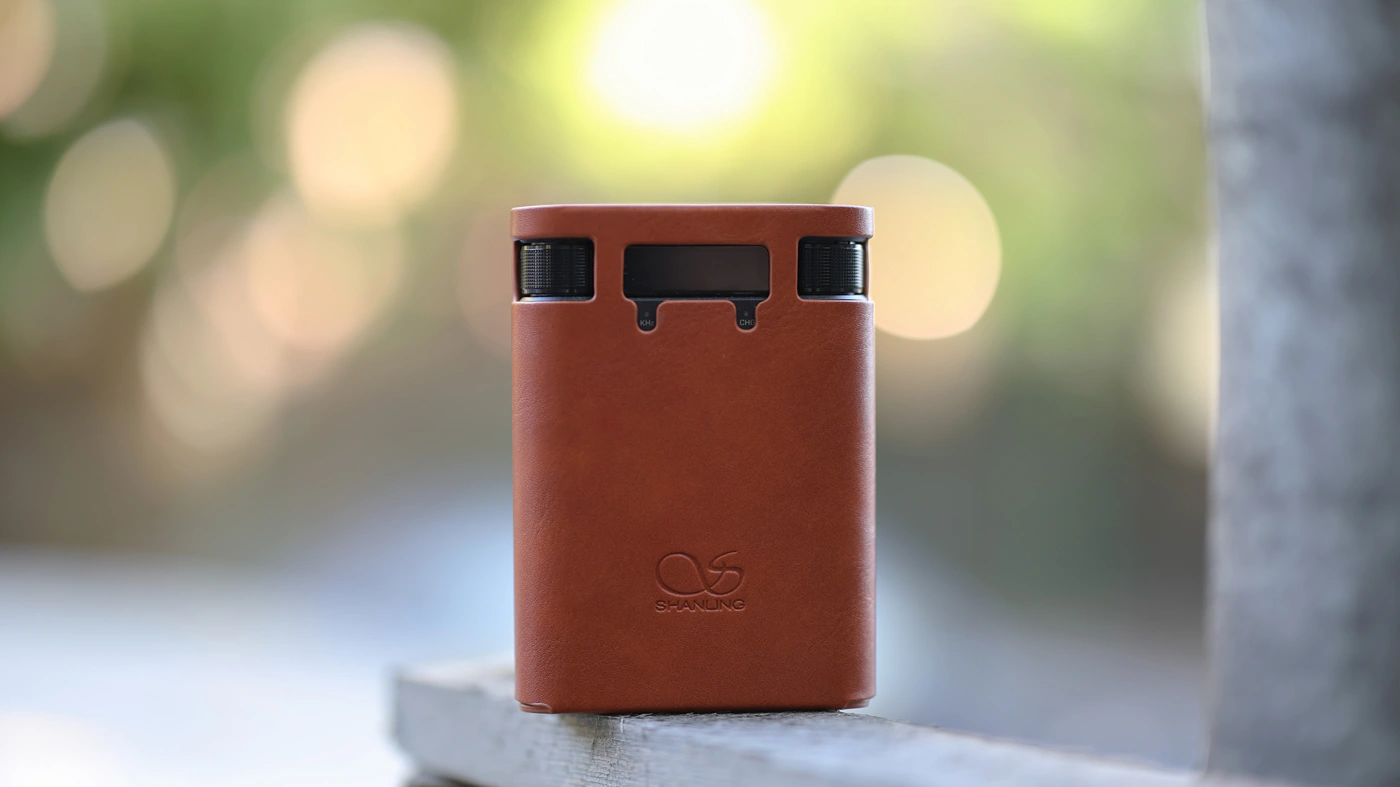
Dynamics / PRaT / Textures – The way H2 handles textures is unique, it fills in the texture, giving a strong and bold presence and texture, which takes away the fatiguing edge, square waves sound less fatiguing, but not necessarily smoothed out, just fuller. The dynamic range is excellent for the USB wired input, but it decreases slightly with using H2 as a Bluetooth DAc/AMP.
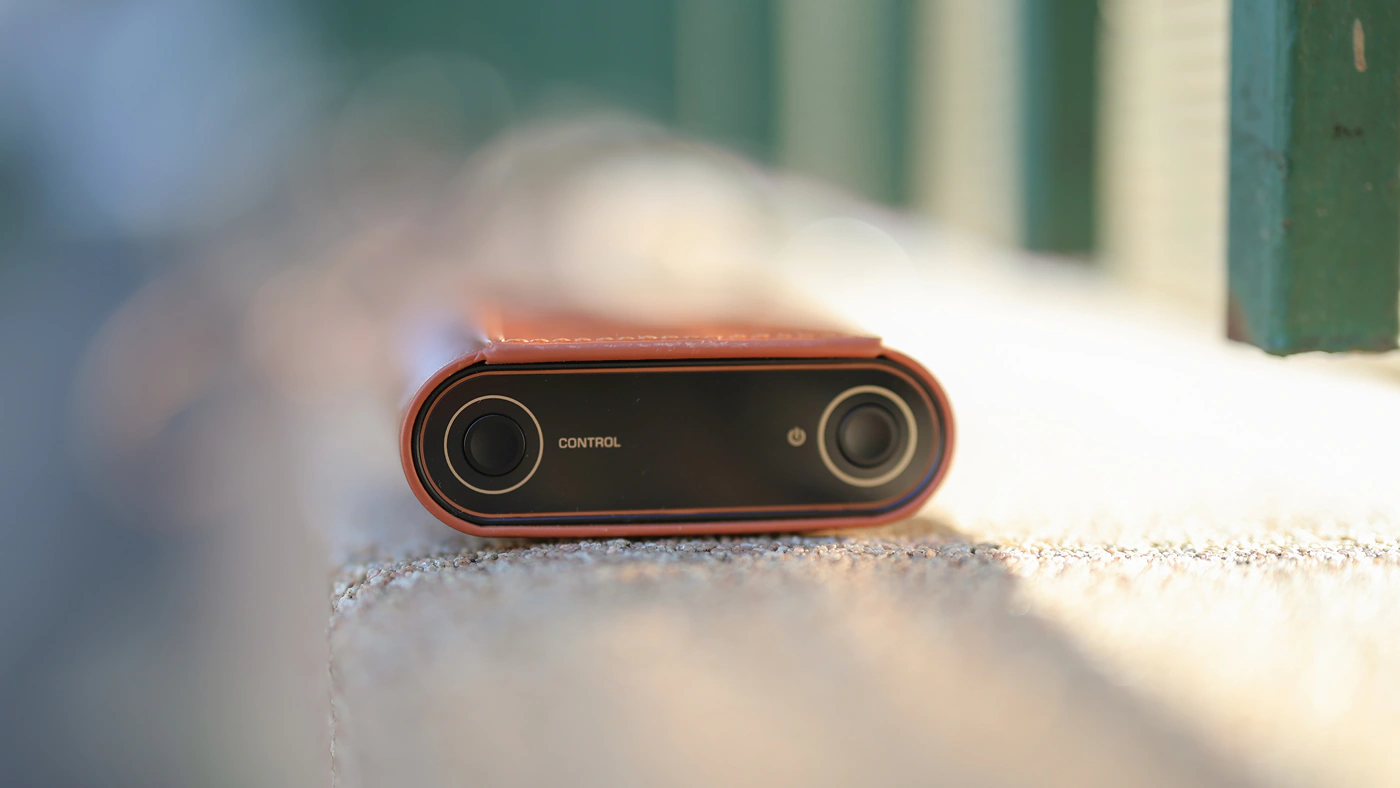
Soundstage – The staging is intimate, with most instruments being brought closer to you, tangible and having a sound you can almost feel besides and around you.
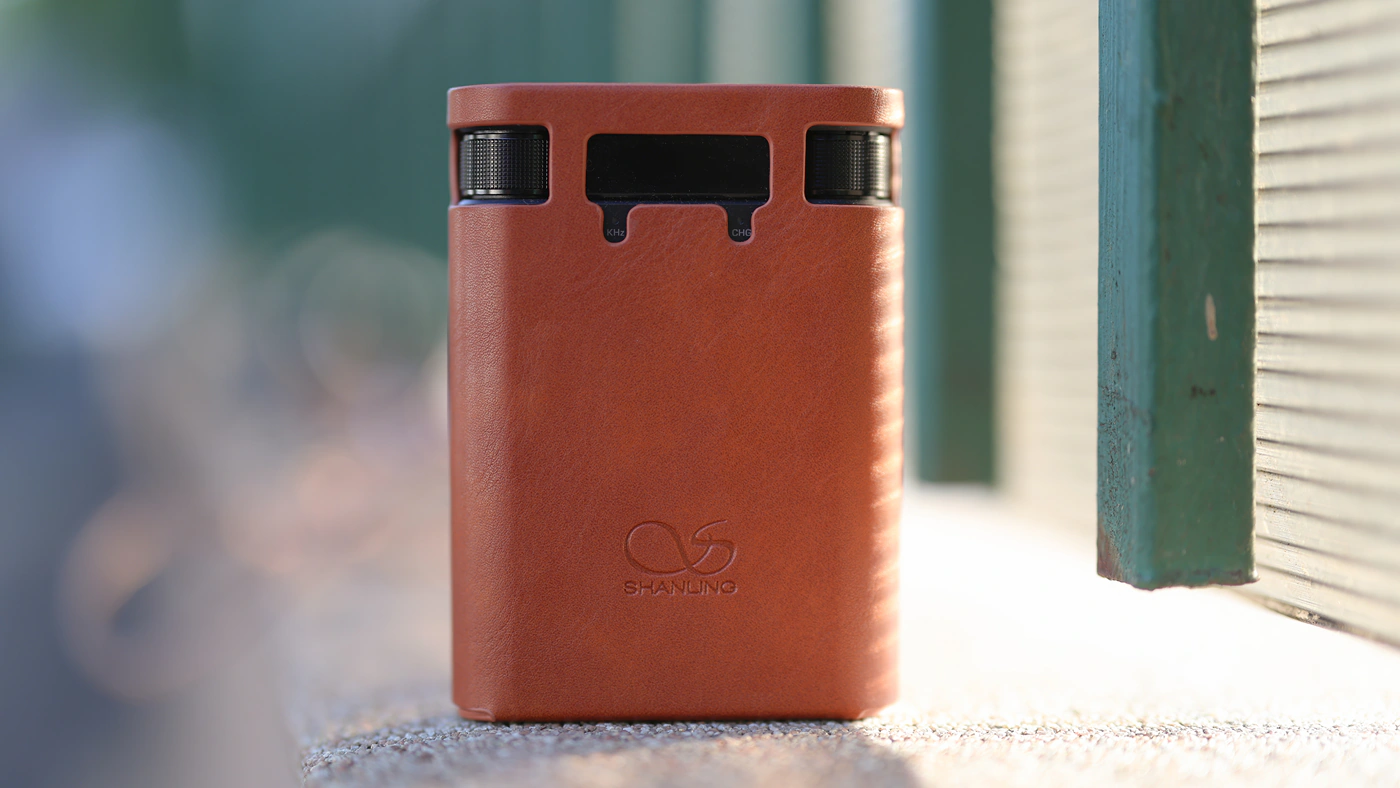
Volume Control – H2 tends to sound more punchy and more dynamic at louder volumes, it gains more driving factor, more energy, and becomes fuller and more satisfying, having better definition and better resolution the louder you go. I noticed no added distortion at high volumes, and it handles hard to drive headphones and IEMs really well.
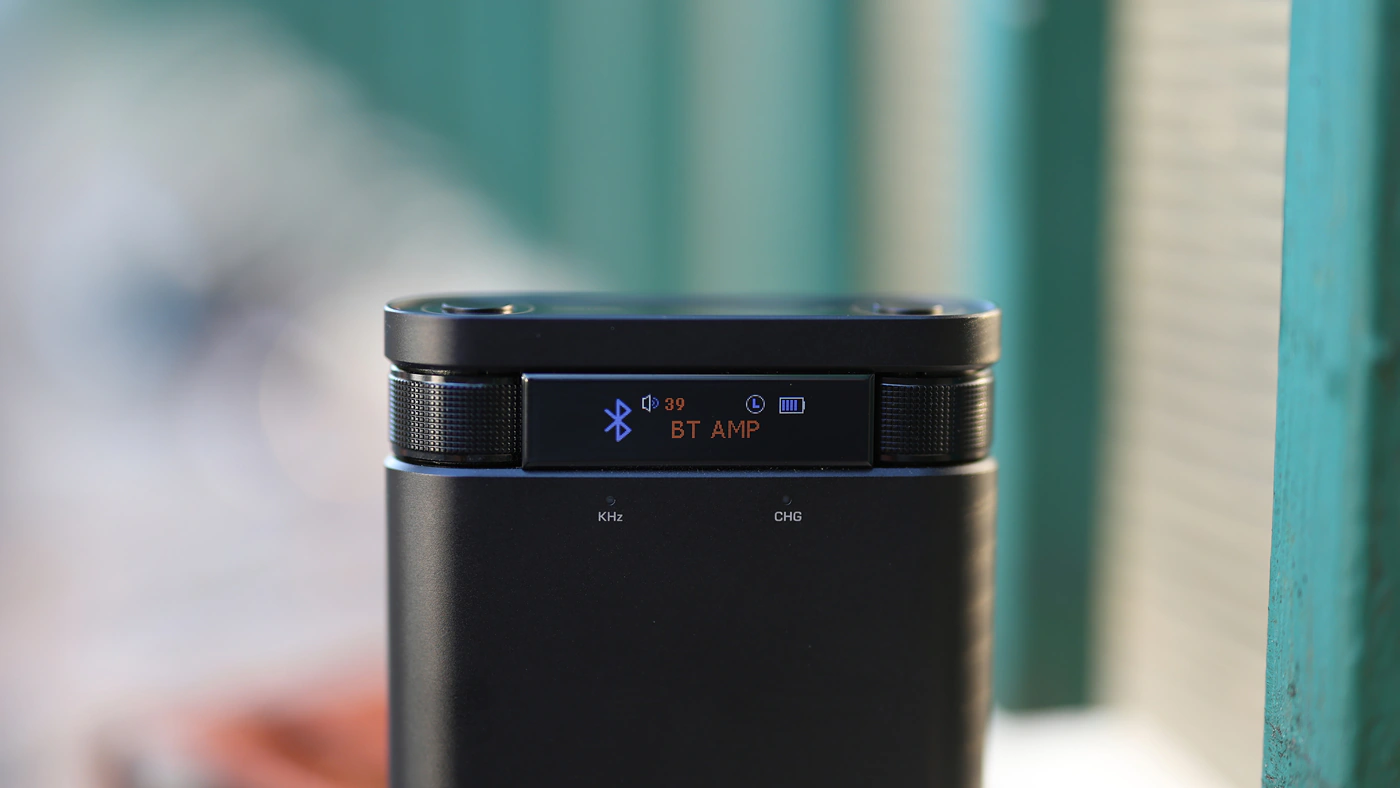
Treble – Shanling is generally known for having a smoother treble, and this is the case with H2 as well, so I would suggest using it with IEMs and Headphones which are on the brighter side, as even with Ie900, it can sound really smooth, laid back and relaxed. With warmer and smoother, bassier sounding headphones and IEMs, the treble can be damped a little too much, but if you want pure relaxation and a warm, darker euphoria, H2 delivers on it nicely.
Comparisons
Shanling H2 vs iFi Hip-dac2 (169 USD vs 190 USD)
Build – Functionally, H2 has more functions, a lower price, and with the brown leather case looks as brown as hip dac 2, which is a really autumn-styled dac/amp. Having the display on H2 is helpful, the LDAC Bluetooth input is also nice, plus H2 has a higher driving power, more control at high volume, and a lower background noise with sensitive IEMs.
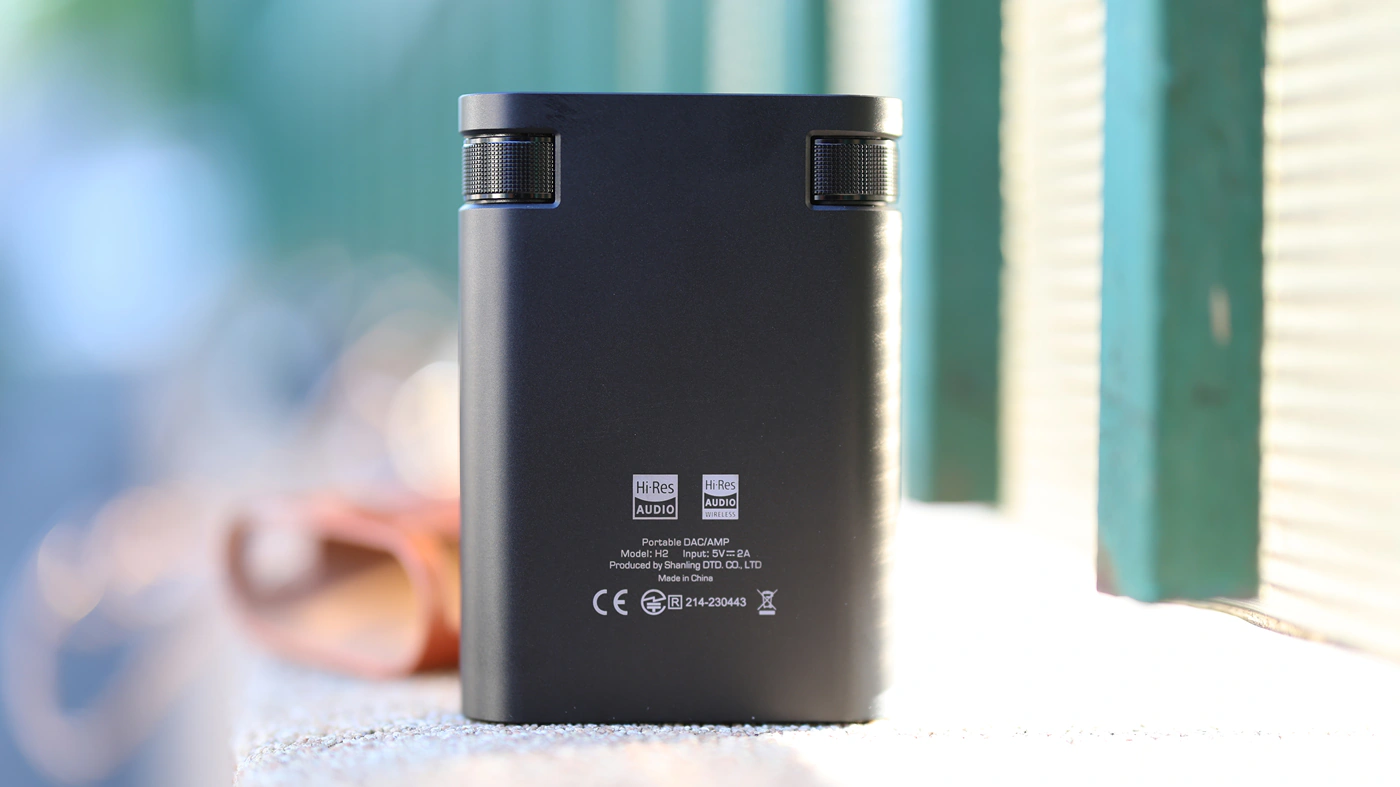
Sound – Sonically, H2 sounds warmer, fuller and has more bass, a smoother treble, and a darker sounding midrange. It generally sounds more intimate, and music is brought closer to you, more relaxed and more lush than it is presented on the hip-dac2. We do have the X-bass Boost on hip-dac2, but H2 has a more natural bass in general, and a bass boost function doesn’t fill in the part where hipdac2 has a less evident bass to begin with. Value-wise, H2 is a more solid value now, but also has been launched almost 2 years after hip-dac2, so we see how far we’ve come technologically too.
Shanling H2 vs Shanling H5 (169 USD vs 369 USD)
Build – H2 is physically smaller than H5, and the side wheels on H2 are more practical, I fear less about breaking them when using H2 in my pockets. H5 has a higher driving power, a similar battery life compared to H2, and H2 is quite a bit lighter than H5. There is a line out on H5, which is a nice premium, and H5 also has a microSD slot, and two usb inputs. Both DAC/AMPs have a good build quality and design.
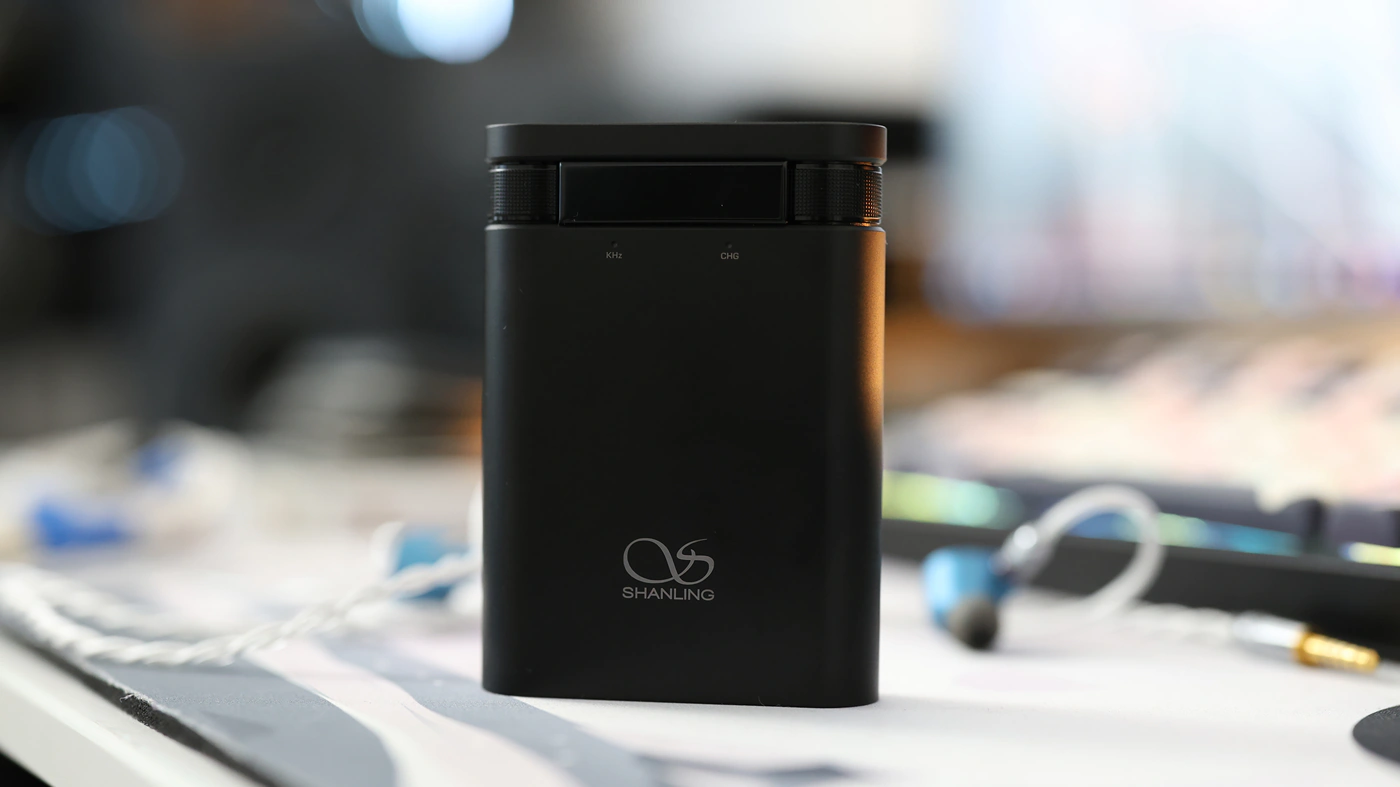
Sound – Sonically, H2 and H5 are similar, and H2 is like a mini version of H5, even slightly warmer, darker, smoother and fuller sounding, H2 has a more intimate soundstage and more relaxed sound. H2 is generally very pleasing, easy to listen to and enjoy, and I can’t find any faults with it and its sonic presentation, H5 is a considerable upgrade from it, but priced more than double, so for a mini experience, if you mainly use IEMs, or if you have easier to drive headphones, H2 is a viable option to save some money and get yourself a lighter DAP, while H5 is the more premium option
Shanling H2 vs Questyle M15 (169 USD vs 250 USD)
Build – M15 is a much smaller device, more ergonomic to use, but also drains quite a bit of power from the smartphone / laptop or PC that is powering it. M15 has just the headphone outputs and a type-C USB input, with no Bluetooth DAC functions, or many of the features that make H2 an interesting alternative that will give you a wide usage scenario with it.
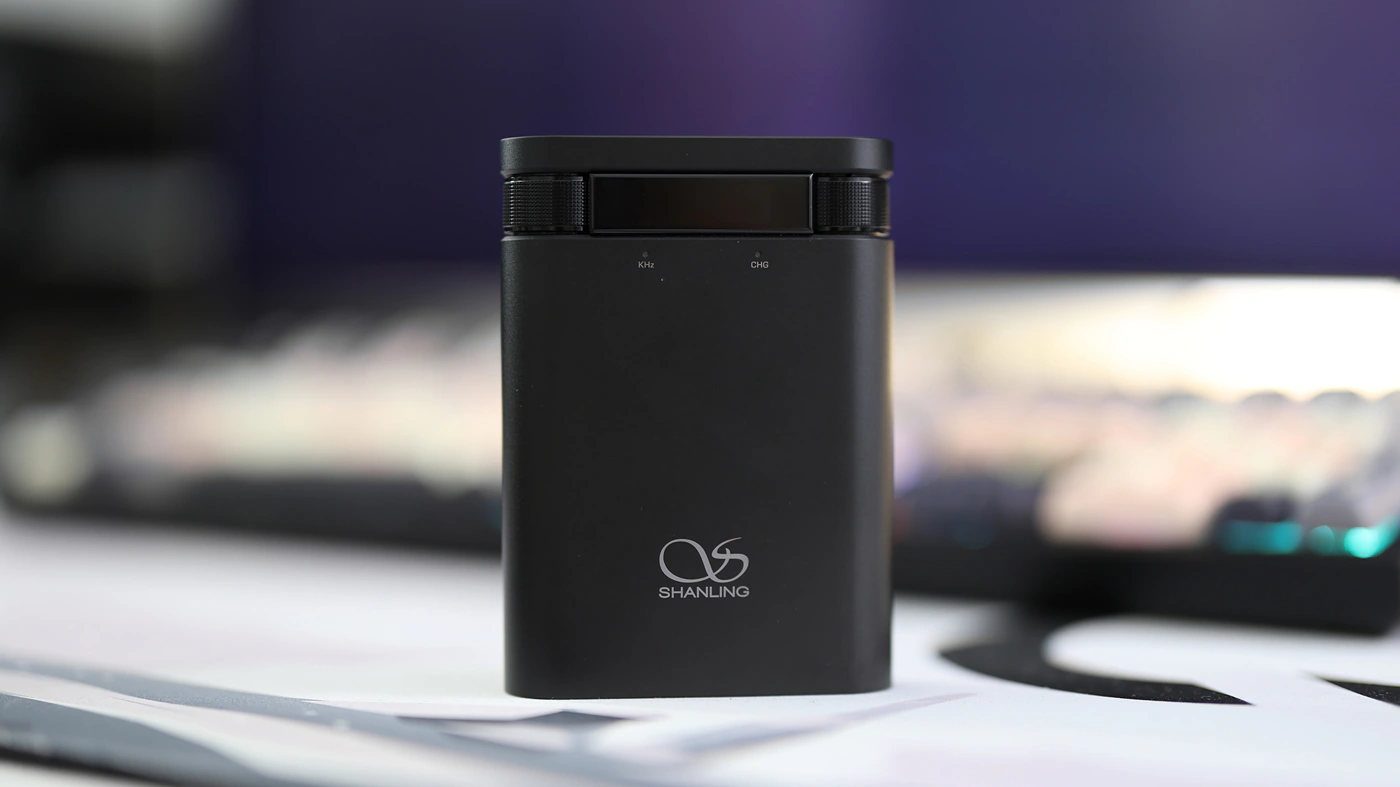
Sound – Sonically, H2 sounds much fuller, deeper, and has more impact, a smoother treble, and more substance to each instrument, a more lush and more bloomy, darker presentation. M15 will sound brighter, more neutral, wider and more dynamic, while H2 wins in how relaxing, pleasing and smooth it sounds. I would grab M15 for a dark and smooth sounding headphone / IEM, and H2 for a brighter, neutral sounding IEM, or if I wanted an even warmer and darker sound from my current setup.
Value and Conclusion
Shanling never fails to deliver on the value and performance side of things, and the sound of H2 is beautiful, full and warm, and it does offer more versatility and more usage than most DAC/AMPs on the market right now.
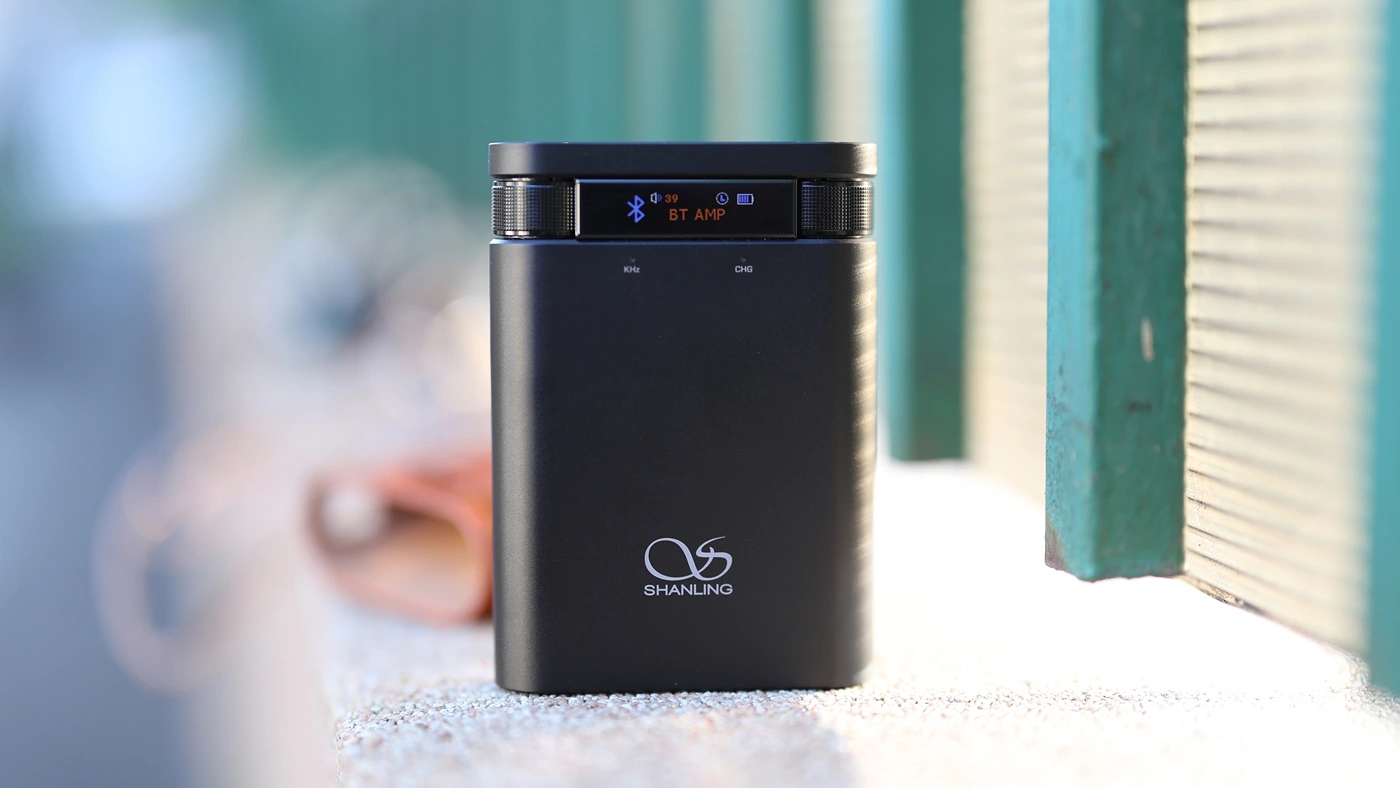
At the end of the day, if you’re looking for an affordable DAC/AMP that you can use with your PC computer, console, Smartphone, via Bluetooth LDAC or wired, and which can even read files from an internal memory, plus a high driving power from the balanced headphone output, Shanling H2 is a great opportunity to rediscover your playlist with a warmer, smoother and fuller tuning, and a fully recommended device.
Product Link
You can grab one here – https://amzn.to/3Vg6GeV
--- Please remember to stay safe, and always have fun while listening to music!---
- If you have a dime to spare, please donate, and help us! It would make the day brighter for me and my wife-
Full Playlist used for this review
We listened to more songs than those named in this playlist, but those are excellent for identifying a sonic signature. I recommend trying most of the songs from this playlist, especially if you’re searching for new music! The playlists are different for Spotify, Tidal and Youtube, and based on the songs I enjoy and are available on each!
https://www.youtube.com/playlist?list=PL_cjBXGmwSHSdGcwuc_bKbBDGHL4QvYBu
https://open.spotify.com/playlist/5J3oloz8Riy9LxEGenOjQ0?si=979ba4f082414be7
https://tidal.com/browse/playlist/330fd544-8e5b-4839-bd35-676b2edbb3d5
--- Contact Us ---





